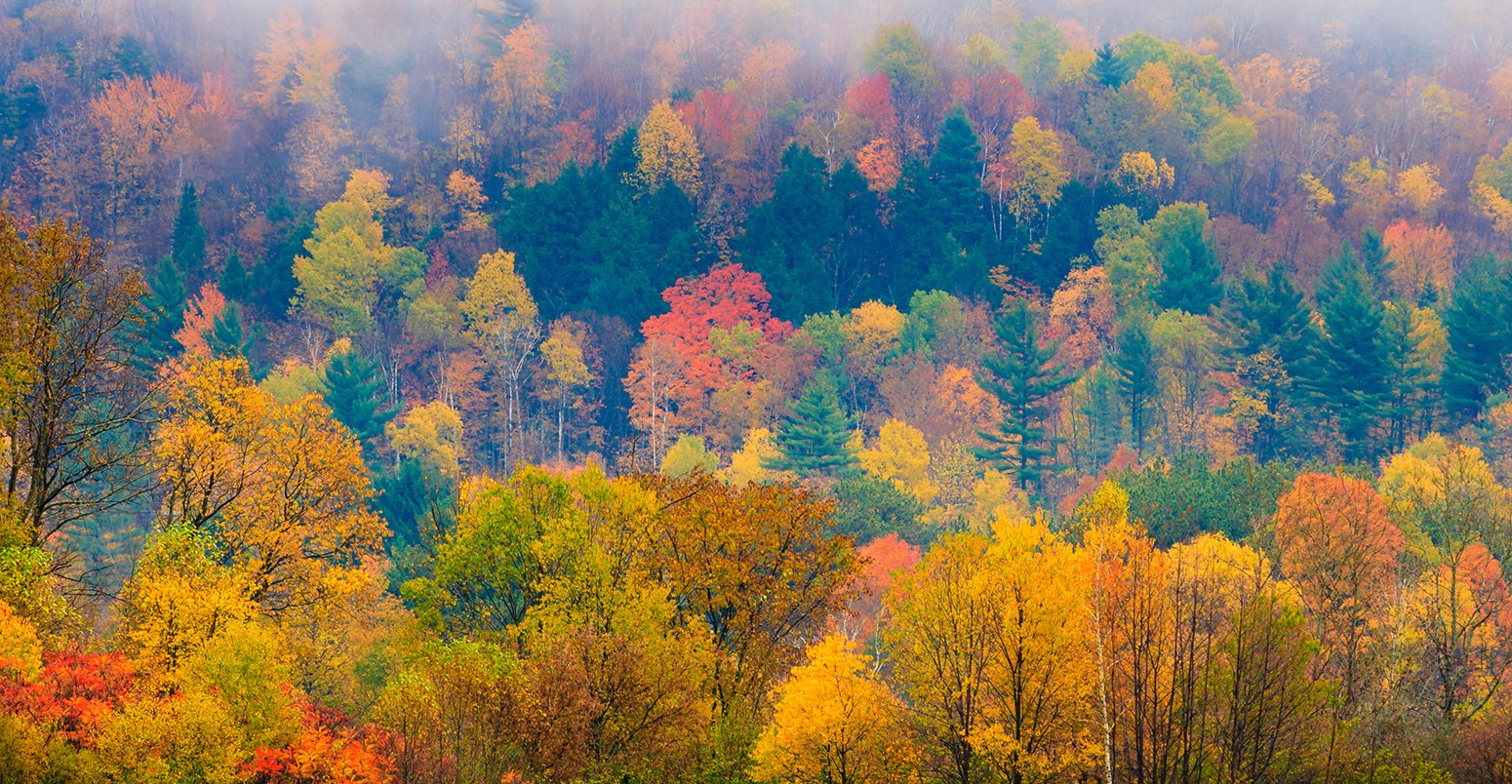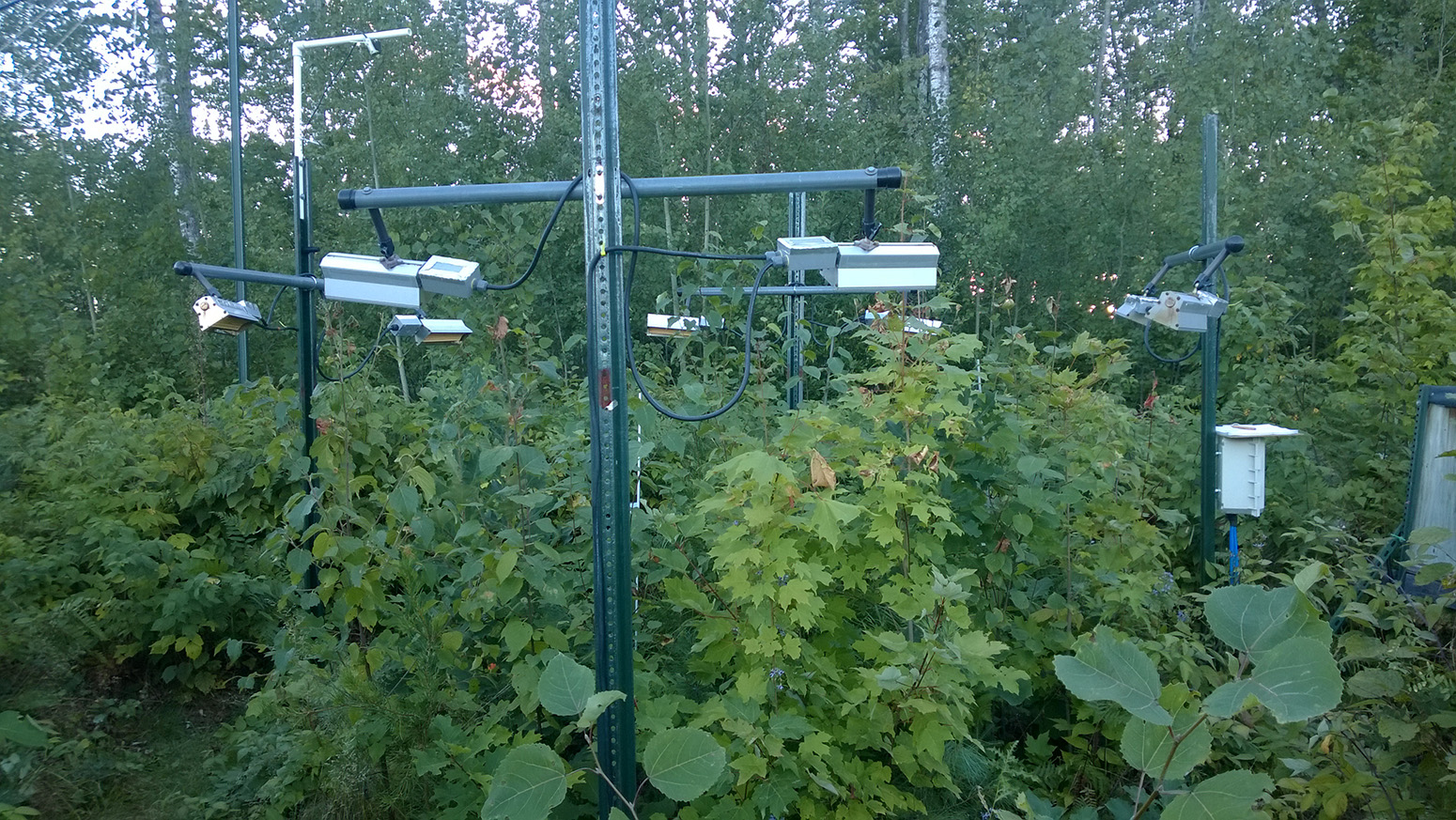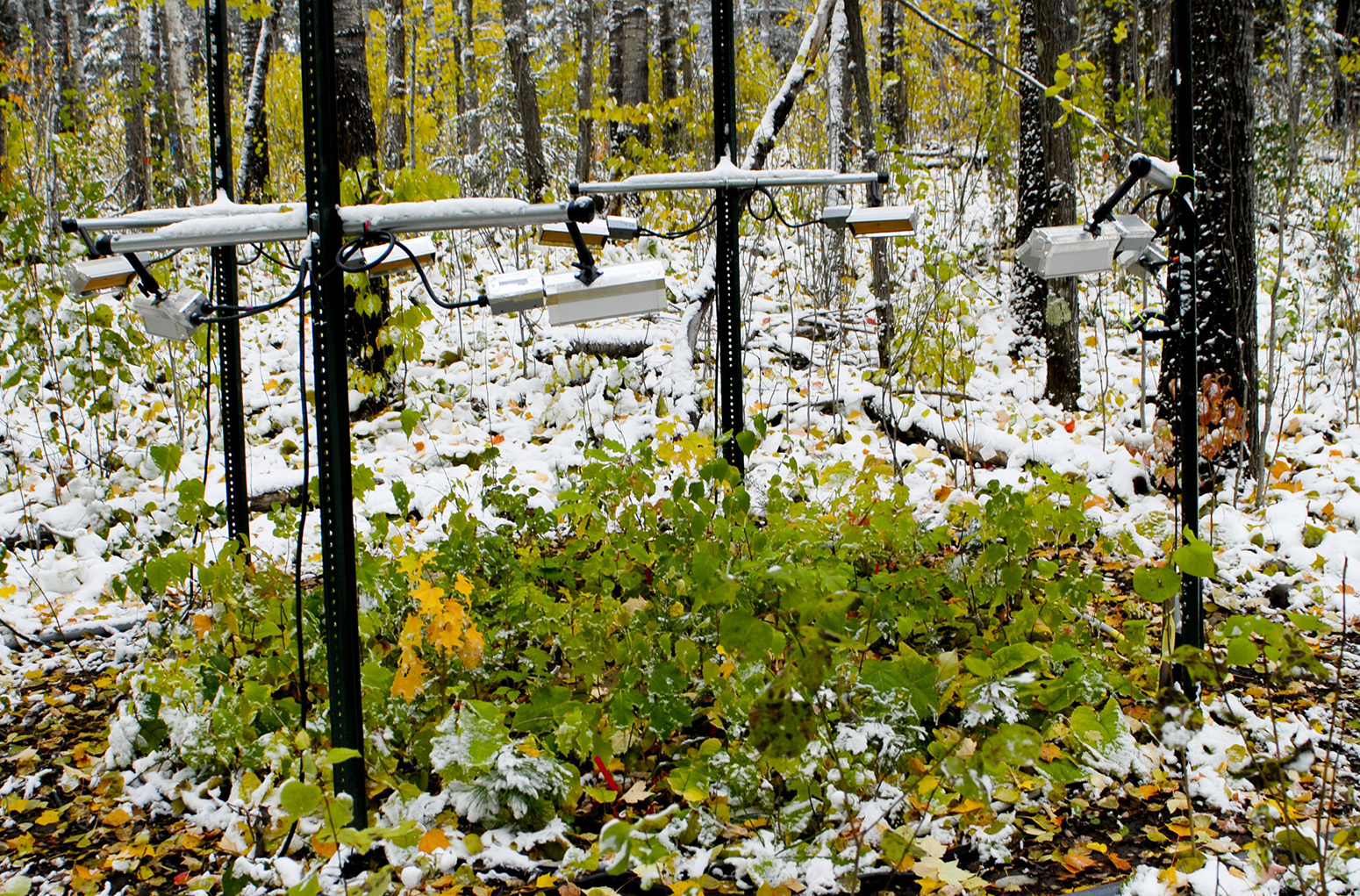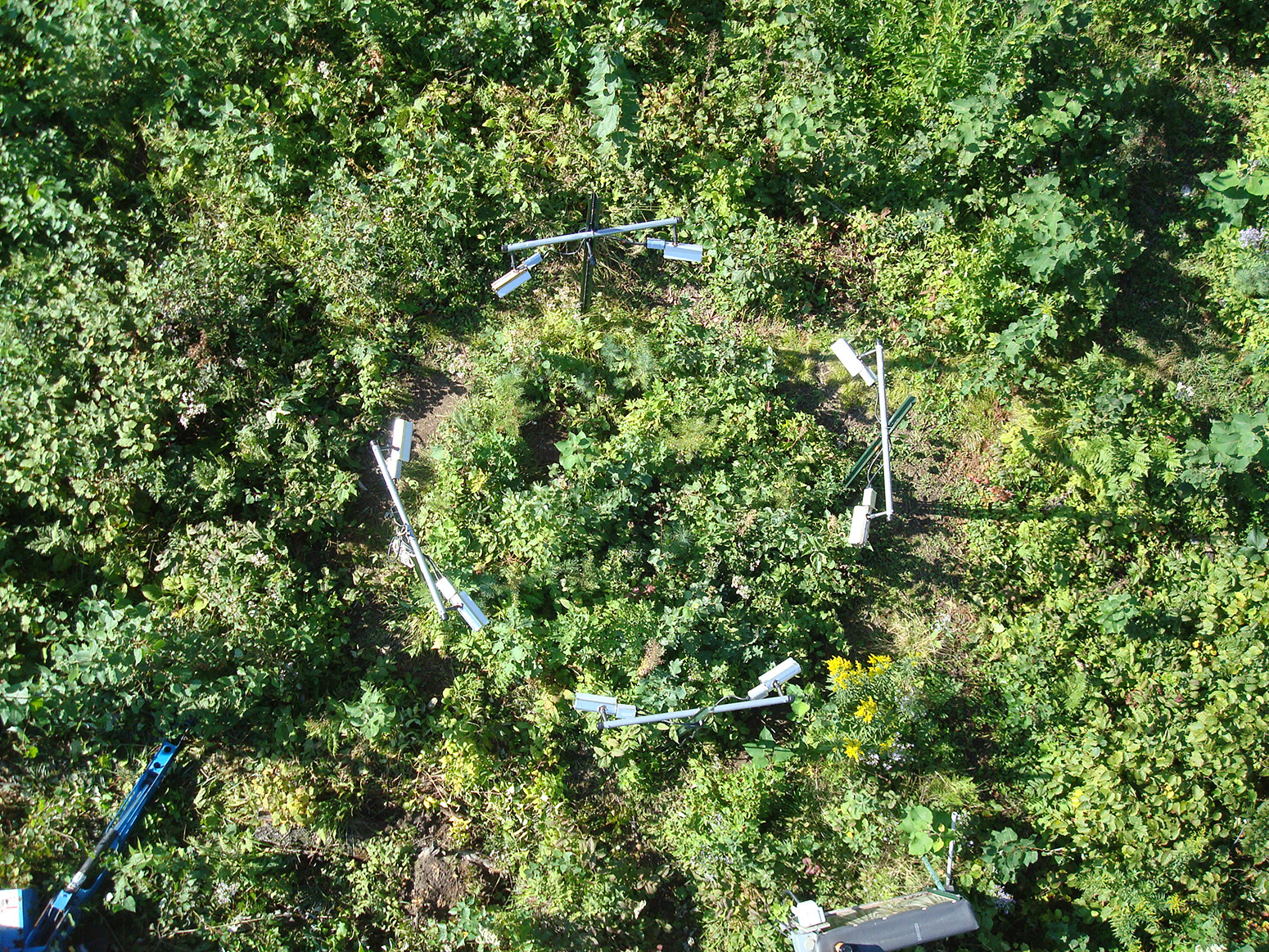
Shrinking of forest carbon sink under climate change may be ‘less than anticipated’
Robert McSweeney
03.16.16Robert McSweeney
16.03.2016 | 6:00pmThe world’s forests take up around a third of human-caused CO2 emissions, playing a critical role in helping to moderate climate change.
But as temperatures rise, scientists are concerned the delicate balance of how trees use CO2 could be upset, potentially reducing their capacity to buffer rising CO2 levels.
A new Nature study suggests that trees are able to adapt to rising temperatures better than previously thought. But it’s only partially good news, the researchers say, as warmer conditions will still see the buffering effect from trees reduced.
Respiration
We all know from our school days that plants use sunlight, water and CO2 during photosynthesis in order to grow.
Photosynthesis produces glucose and oxygen. But to release that glucose as energy to fuel growth, plant cells need to respire. Respiration uses oxygen and produces CO2 along with energy and water.
So, put another way, plants both absorb and produce CO2.
Fortunately, the amount of CO2 that plants produce during respiration is only around half what they absorb during photosynthesis. So overall, plants and trees help soak up CO2 from the atmosphere – helping offset part of what humans are adding by burning fossil fuels.
However, previous research shows that plants respire more in warmer temperatures. Scientists are concerned that if plant respiration rates speed up under climate change, plants and forests might start to kick out more CO2, thus warming the planet even more.
Given the number of plants on Earth, this is potentially a big deal, explained lead author Prof Peter Reich, from the Department of Forest Resources at the University of Minnesota, during a press briefing:
Plants can acclimatise to higher temperatures, says Reich, limiting this increase in CO2 release. But until now, scientists didn’t really know how well plants and trees would adapt.
To find out, Reich and his colleagues carried out a unique, open-air experiment over five years using 10 common tree species in North America.
The results suggest tree respiration increases by around 5% in a climate that is 3.4C warmer. This is less than half the increase in respiration reported by other studies, and less than the 23% the researchers expected had the trees not adapted to the higher temperatures.

One of the 48 plots used in the study. The heat lamps regulate the conditions at 3.4C warmer than the temperature of the surroundings. Credit: Artur Stefanski.
‘Less than anticipated’
In general, the study’s findings are good news, says Reich:
In other words, the way plants adapt to rising temperatures means they’ll contribution less to further warming than scientists had expected.
But that’s not to say that tree respiration changes are going to help limit climate change, adds Reich, they’re just not likely to accelerate it as much as previously thought:
Prof Pete Smith, professor of soils & global change at the University of Aberdeen, who wasn’t involved in the study, agrees. He tells Carbon Brief:
But another scientist is wary of drawing conclusions about plant respiration based on just this one study.
Prof Pierre Friedlingstein, chair in mathematical modelling of climate systems at the University of Exeter, says the paper is “not a game changer”.
It isn’t just the leaves of plants that respire, Friedlingstein points out, the study doesn’t consider how stems, roots and soils will respond to warming. As a result, the implications of the study have been “largely overvalued,” he says:
Forest plots
How the researchers conducted their experiment is an interesting topic in itself.
While similar research has mostly been carried out through laboratory testing, the researchers of the new study set up their experiments outdoors in a forest in Minnesota.
To regulate the temperature at 3.4C higher than the surroundings, the researchers used heat lamps – a bit like the patio heaters that keep you warm during a chilly evening in a pub beer garden. They chose 3.4C to reflect likely warming in North America in 60-80 years’ time, Reich tells Carbon Brief.
The researchers arranged the heat lamps around 48 different plots of tree saplings, and dug heated cables into the ground to warm up the soil the plants were growing in.
Other than being kept warm, the trees were in a natural habitat, exposed to wind, rain, insects and animals as they would be in any normal forest. The lamps and cables were all hooked into a computer system that maintained the warmer conditions whatever the weather.

By conducting the study in a forest in the open air, the plots were exposed to all types of weather. Credit: William Eddy.
As the trees grew, the researchers took regular leaf samples to measure how much CO2 they were giving off through respiration.
In total, the experiment included 1,200 trees from 10 species found across North America, including the quaking aspen and red maple – two of the most common native tree species on the continent.
Most similar studies have been over relatively short periods of time, such as two or three months, the researchers say. The new study ran the experiments for five years.
The researchers are already replicating their experiments with different tree species in other parts of the world. The findings of another study – this time using eucalyptus trees in Australia – will be published soon, says Reich, and show “virtually identical“ results.
Main image: Field of trees during fall foliage, Stowe Vermont, USA. Credit: DonLand/Shutterstock.
Reich et al. (2016) Boreal and temperate trees show strong acclimation of respiration to warming, Nature, doi:10.1038/nature17142.
-
Shrinking of forest carbon sink under climate change may be ‘less than anticipated’


